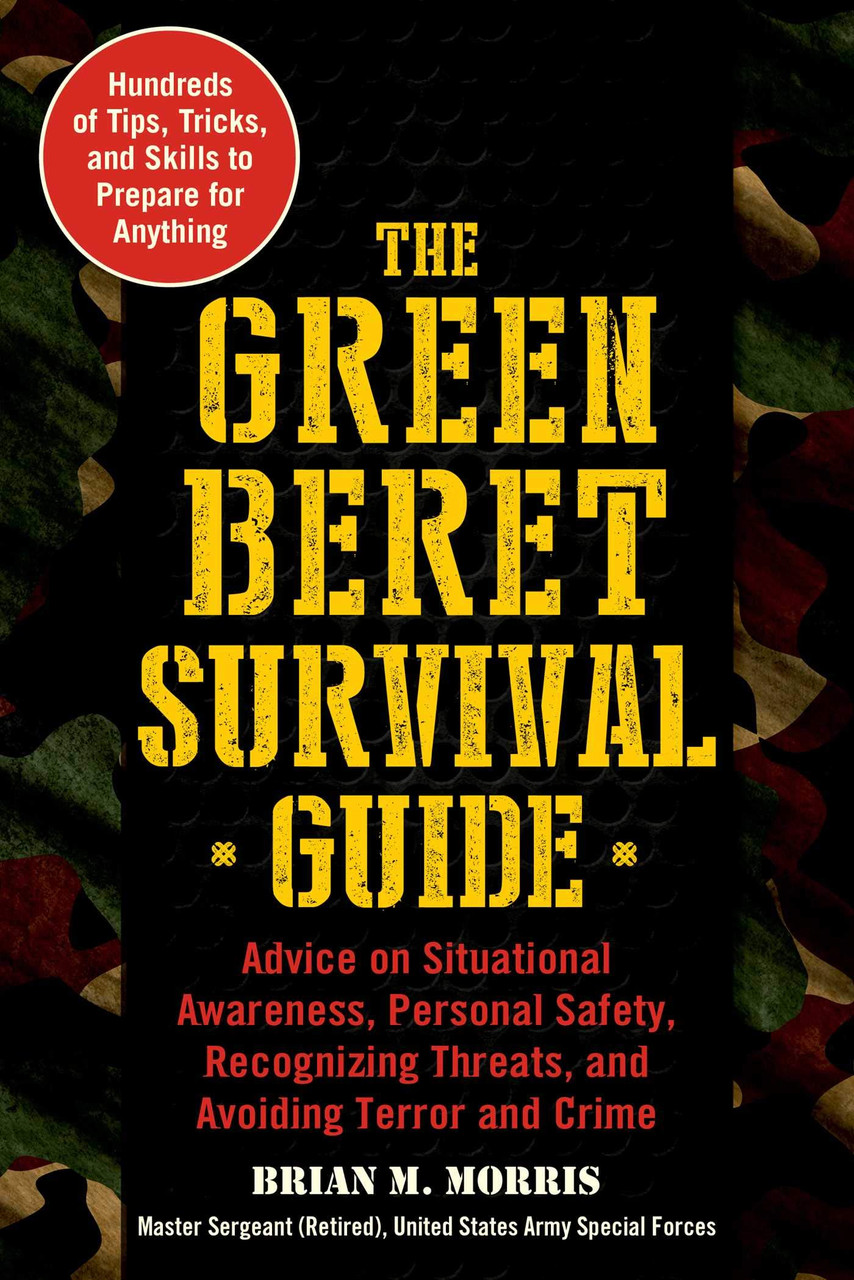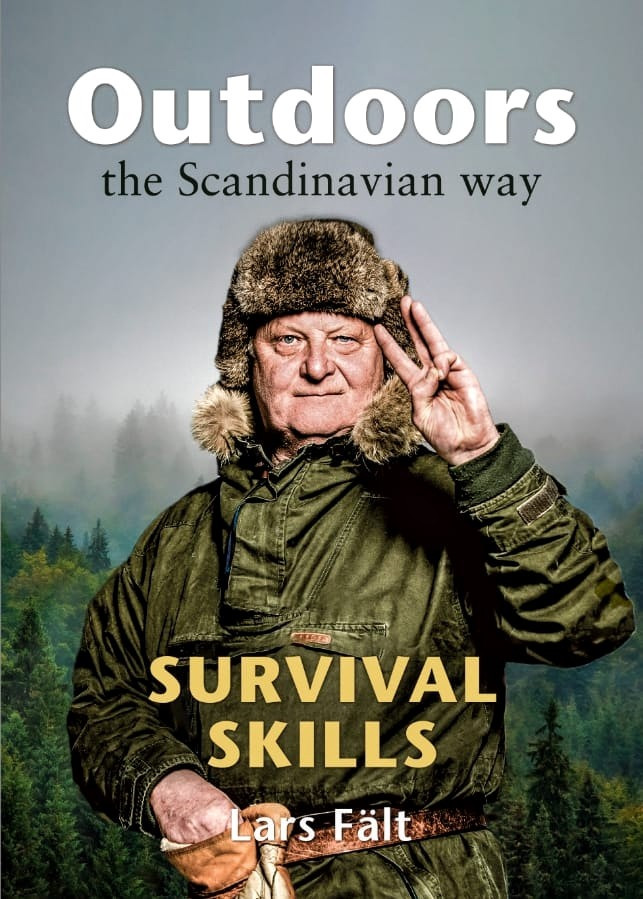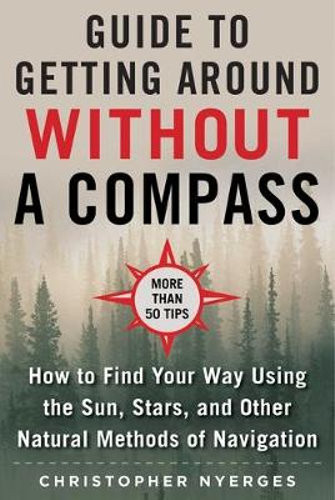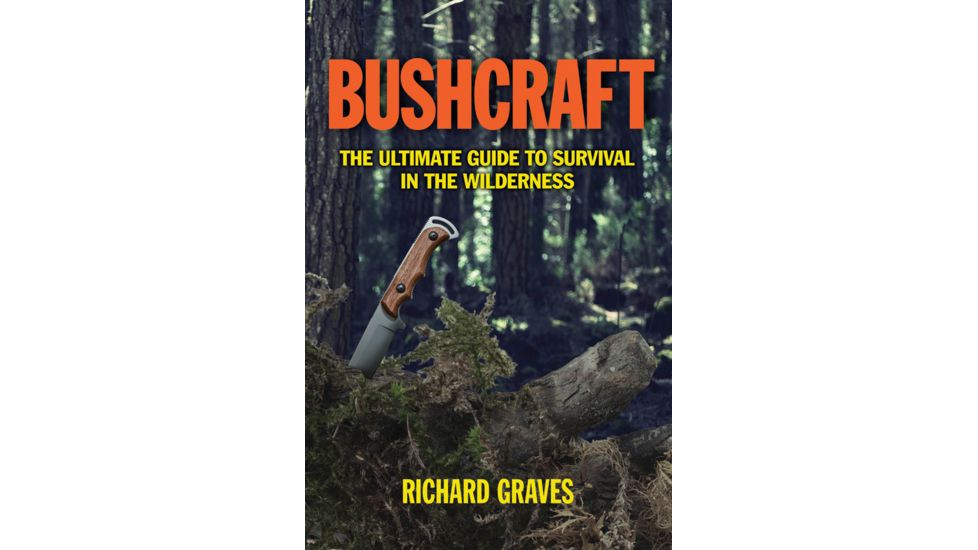| Content | The ancient art of trapping goes back centuries, almost to the beginning of civilization. Native Americans used the pit trap, deadfalls, and snares, the Chinese documented the use of nets and pits in the fourth century BCE, and virtually every civilization can exhibit some example of the use of a trap in one form or another to procure meat, hides, or fur. The fur trade across Europe was dominated by the Russians, which provided furs to the greater part of Western Europe and Asia during the Middle Ages, which prompted the exploration of Siberia and its game rich forests. In North America, trapping was one of the primary reasons why settlers pushed West, taking advantage of the bountiful game across the continent. Fur was used not only for coats, hats, and mittens, it was used as a form of barter.
The taking of a fur-bearing animal was and is a big accomplishment, as fooling a crafty animal on its home territory is no easy feat. In Trapping 101, veteran trapper Phil Massaro reveals all the secrets of the trade, from knowing where to set traps, to understanding and using various types of traps, to properly using scents. Tips and tactics for taking beavers, muskrats, weasels, raccoons, skunks, otters, and more are all covered. While there is a wealth of information in here for beginners, information that will help them pick up trapping with relative ease, there are many subtle tips and tricks that even a veteran trapper will appreciate.
Times have, of course, changed since the days of the voyageurs and rendezvouses. There are many more people in this modern world, many more dwellings, many more towns and cities. But there is a place for trapping in all this, just as there are places for hunting and fishing. A knowledgeable trapper, following game rules and respecting the animals he is trying to trap, fits right into the grand scheme of Mother Nature existing in harmony with humankind. This book will help you achieve that.
| Today's society is one in which we, as individuals, are constantly barraged by the threat of domestic terrorism. The ever-present fear for your safety and the safety of those we love can overwhelm you if you aren’t sure how to protect yourself. Luckily, distinguished combat veteran Brian M. Morris's Green Beret Survival Guide is here to help ease your fears.
Using his firsthand knowledge from the field as a Green Beret, Morris concisely outlines the steps that are necessary towards increasing one’s personal safety. Over the course of several chapters, Morris describes the importance of situational awareness, meaning staying alert, being aware of your surroundings, and understanding the reality of threats that you may face in any given situation. An individual with good situational awareness never takes anything for granted and makes security a part of his or her daily routine. By being observant and practicing several different methods of observation, one can avoid falling prey to terrorist, thieves, and other criminals.
| Just when you thought it was safe to go back into the wilderness!
- Survival is a specialist field in the world of outdoors skills both practical and mental. Something that becomes more relevant with each passing year as we become more and more detached from the natural world – even those of us with a love of the outdoors.
- What would you do if the worst happened? How would you find your way back if you were lost? Could you survive several days in the wilds, without contact with the outside world ?
- These questions and more will be answered within the pages of this book.
- Outdoors the Scandinavian Way – Survival Skills contains a wealth of practical information, from how we can use the skills and knowledge of indigenous peoples to help us hone our survival skills, to how to build shelter, make fire, procure safe, drinkable water, obtain food, and how to use certain edible plants.
- This is a must read book by one of the world’s great outdoor experts.
| As consumerism and a meat-heavy, processed diet become the norm and the world's population continues to grow at an exponential rate, more and more people are looking toward a more sustainable path for food. Authors Douglas Boudreau and Mykel Hawke believe that the future of food lies in the wild foods of times spanning back to before the mass-agriculture system of today.
People have become distanced from the very systems that provide their food, and younger generations are increasingly unable to identify even the trees in their backyards. In response, Boudreau and Hawke have provided a compendium of wild edible plants in North America. Foraging for Survival is a comprehensive breakdown of different plant species from bearded lichen to taro, and from all over the United States. There are also tips for growing local native plants in the backyard to facilitate learning and enhance table fare at home. Other information you'll find inside:
- A list of different types of edible wild plants
- Foraging techniques
- Bugs and other grubs that can be consumed
- Warning signs of poisonous plants
- And much more!
Whether you're a hiker taking a walk through your local wilderness, or chef looking for new ingredients to incorporate in your dishes, Foraging for Survival is the book for you!
| Learn how to navigate without a compass, even when it seems impossible!
Whether we are walking or driving, whether in the woods, on the water, or in the city, it&;s vital that we know where we are and are able to find our way around. But with society&;s current dependence on modern tools and technology, many persons would have no idea how to navigate without a compass or GPS. In an emergency situation, that lack of knowledge could easily prove fatal.
In The Ultimate Guide to Navigating without a Compass, survival expert Christopher Nyerges provides readers with all the skills that they may need to navigate naturally. The book begins by describing the meaning of natural navigation, and then moves on to describe, in detail, the methods of natural navigation, including using the sun, the stars, the moon, and shadows. Additional topics include:
- How to read a map
- How to make a sun dial
- How to make a star dial
- How to use clouds to predict weather patterns
- How to track celestial changes
- How to gauge time through natural observation
- And much more!
With helpful diagrams, illustrations, and sidebars, The Ultimate Guide to Navigating without a Compass is the fundamental reference book for learning how to navigate by natural methods.
|
- Sections dealing with all kinds of emergency situations
- Great companion book to the Pocket Guide to Emergency First Aid
- Spiral binding lets pages lay flat for easy reading in the field
- Side tabs let you find the right chapter quickly
- Fully waterproof, dirt-proof, tear-proof, wind-proof, kid-proof.
- Pages are made of specially formulated, heat-treated, PVC plastic - polished, resin-coated polyvinylchloride polymer). Pages feature:
- Bright white printing surface - all printing is clear and precise
- Virtual indestructibility - the pages can't rip or tear, and the corners won't bend over
- Flexibility - pages can bend without breaking
- Washable surface - just wipe clean after use or wash in water
- Steel rule die cut with polished edges - the corners won't poke you while in your hand or in your pocket, as often happens with plastic printed materials
- Will not warp, fade or deteriorate. (Keep out of direct sunlight for prolonged periods - nothing can prevent the sun's ultraviolet rays from "yellowing" any kind of paper or plastic. Under normal conditions it will take years of use for these Pocket Guides to "yellow", and even then they will remain clear and perfectly readable!)
|










